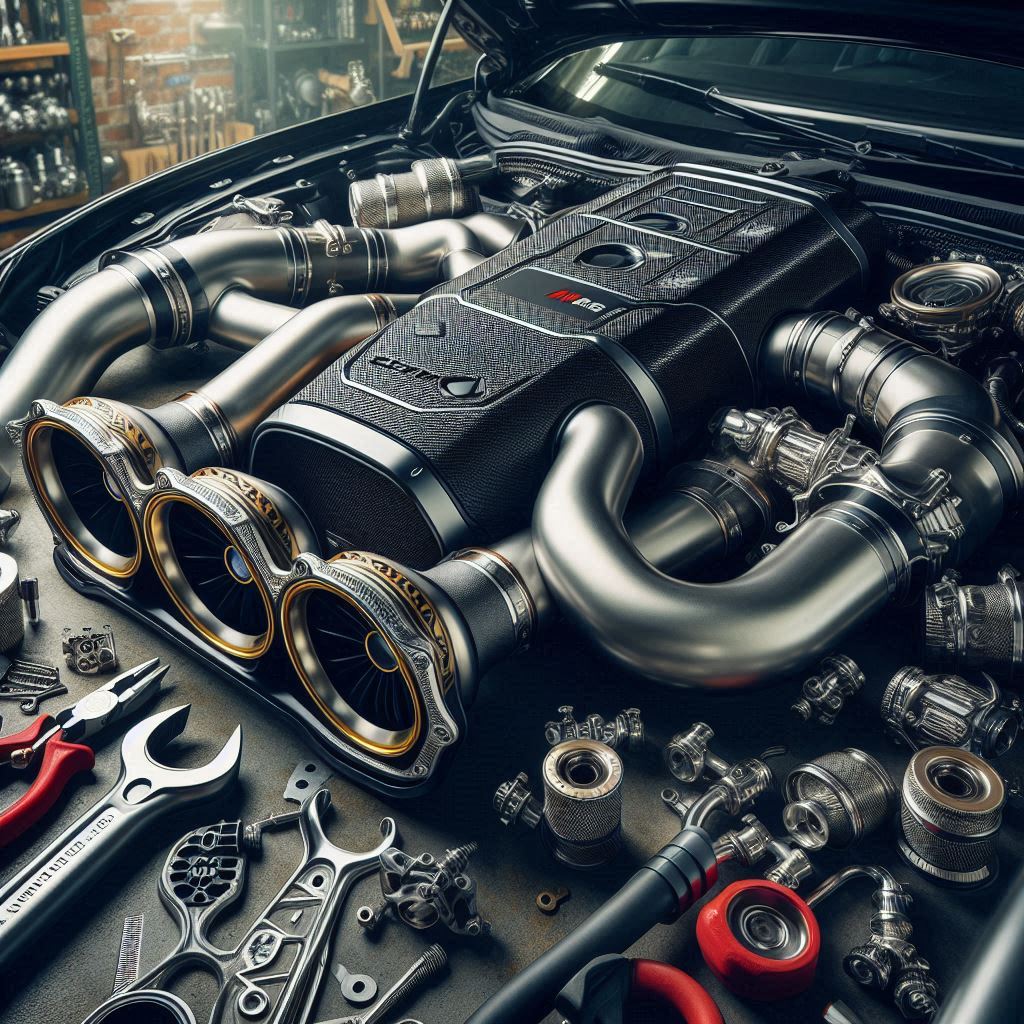If you're a performance enthusiast seeking to elevate the power and efficiency of your Mercedes-Benz, two of the most impactful upgrades are a mercedes e63 downpipe install and upgrading the Mercedes AMG GLE63 downpipes. These modifications not only improve engine output but also enhance exhaust flow, throttle response, and the car’s aggressive tone.
Why Upgrade the Mercedes E63 Downpipe?
The Mercedes E63 AMG is already a powerhouse, but for those looking to unlock its full potential, the downpipe is a great place to start. The factory downpipe, designed to meet emissions regulations and noise restrictions, creates exhaust backpressure that limits performance. Replacing it with an aftermarket high-flow or catless downpipe dramatically reduces that backpressure, allowing the turbocharged V8 to breathe freely and deliver significantly more horsepower and torque.
An aftermarket downpipe also reduces turbo lag and improves throttle response. When combined with ECU tuning, gains of up to 80-100 horsepower are achievable. Additionally, the sound becomes throatier and more aggressive, giving your E63 an unmistakable performance growl.
Mercedes AMG GLE63 Downpipes: Upgrade for Luxury and Power
The Mercedes AMG GLE63 downpipes offer similar benefits as the E63 upgrade but tailored to the luxury SUV segment. The GLE63 combines power and elegance, and downpipe modifications enhance the twin-turbo V8 engine's breathing ability, increasing output and optimizing combustion efficiency.
Downpipe upgrades for the AMG GLE63 typically come in two forms — catted and catless. Catted downpipes include high-flow catalytic converters, which provide a balance between performance and emissions compliance. Catless downpipes eliminate the catalytic converter for maximum flow and power gains but may trigger check engine lights and fail emissions tests in certain regions.
Installation and Considerations
While the mercedes amg gle63 downpipes on both the Mercedes E63 and AMG GLE63 requires some technical expertise, it's a straightforward job for a professional performance shop. It typically involves removing the stock downpipes, fitting the new ones, and pairing the upgrade with ECU tuning to avoid warning lights and optimize the car’s fuel-air ratios.

